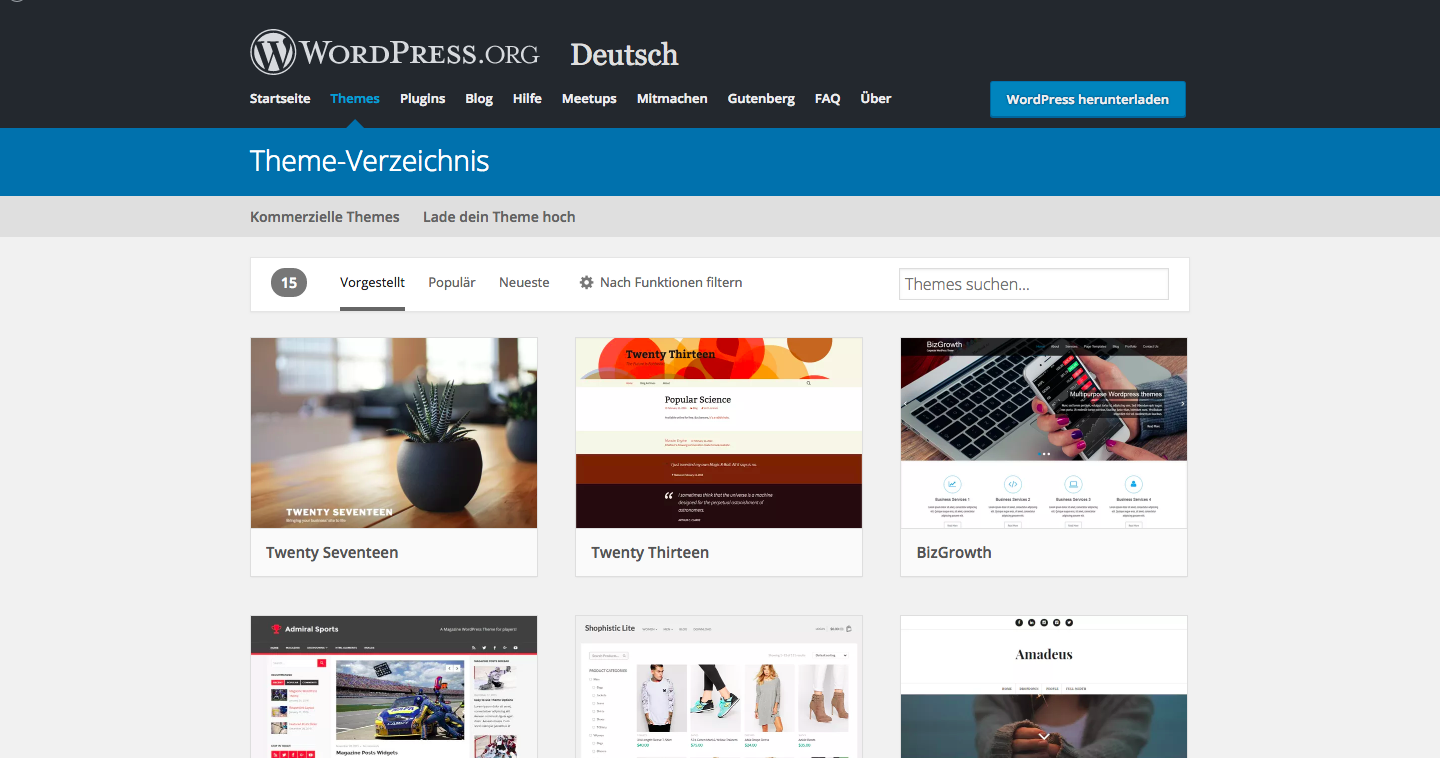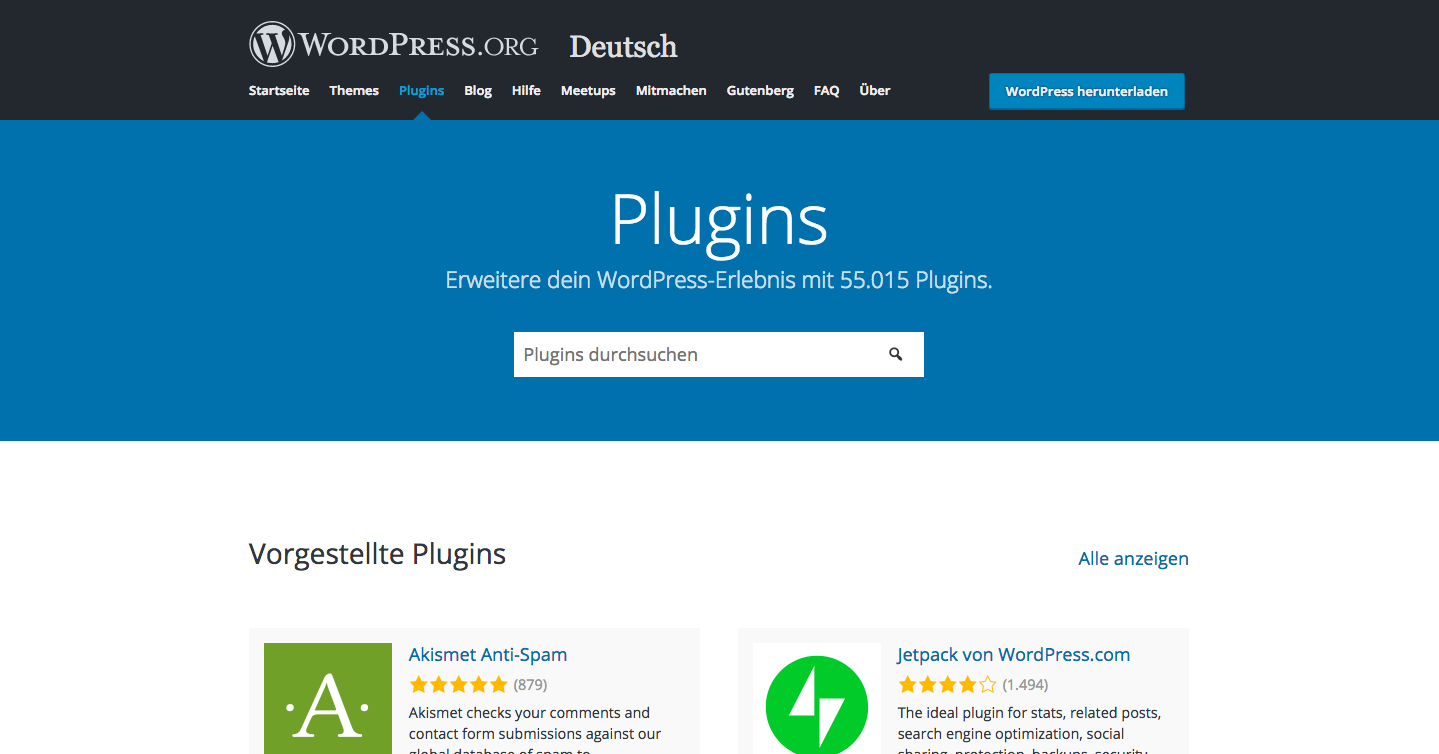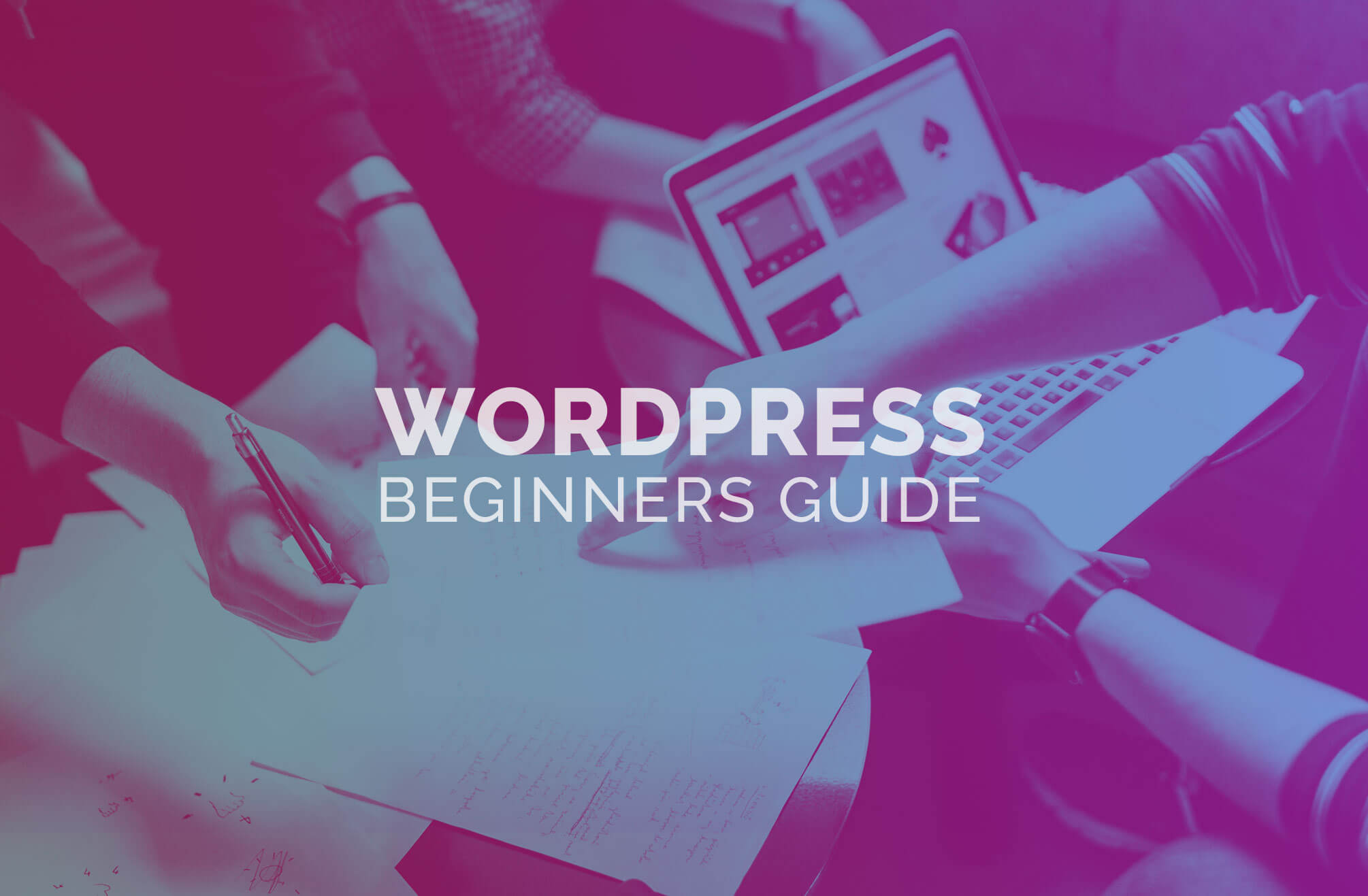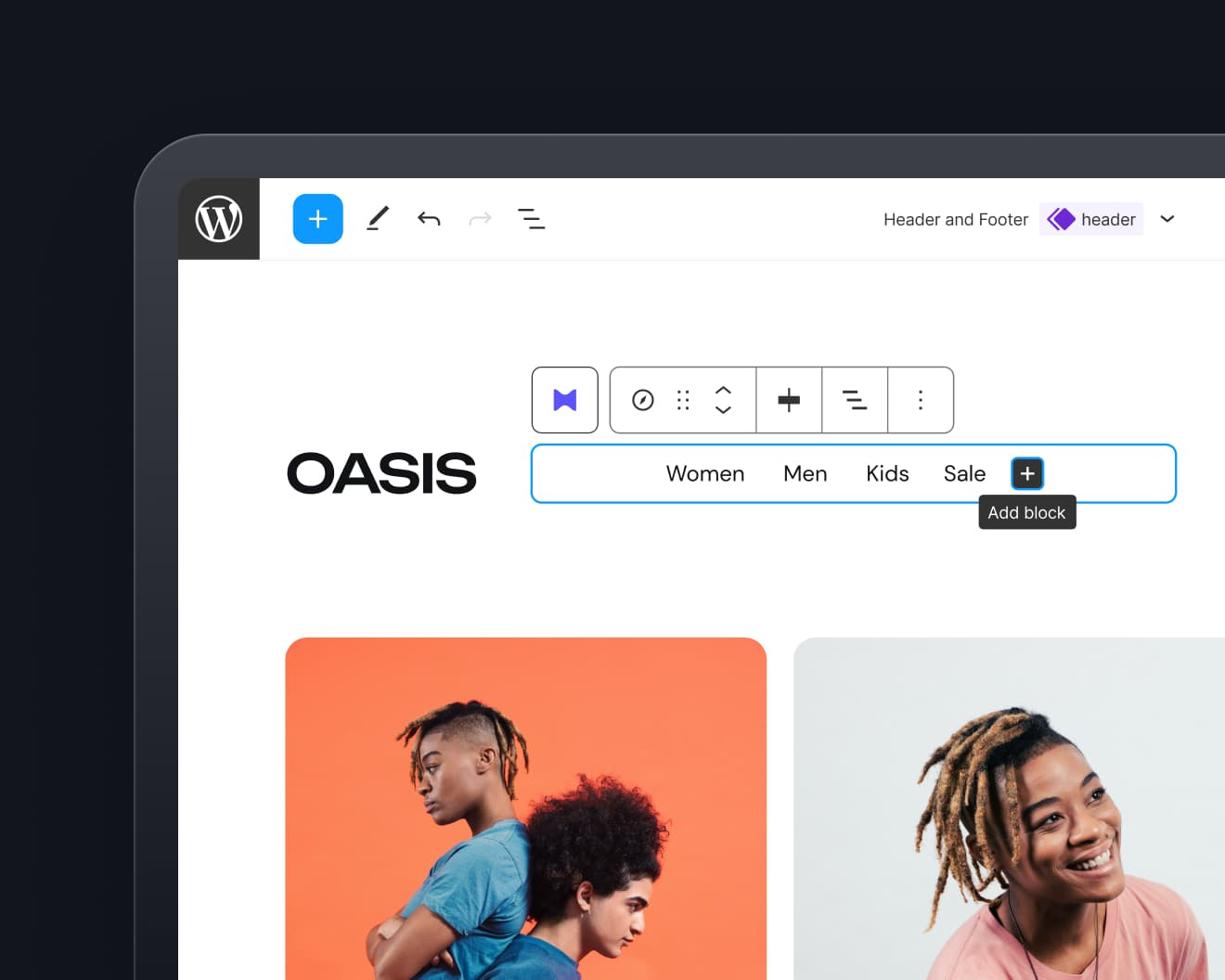“On its own, WordPress is a powerful yet easy-to-use website platform, which can be made as specific as you want it to be. As a beginner you can make simple changes to the way your site performs, while more advanced users can transform a site using code. For those without this technical proficiency, themes and plugins are the key to customising your site. You don’t need to learn web design to create the website of your dreams. Read on for more on customising your WordPress website…”
Enter the world of customisation
First off, the frontend of a self-hosted WordPress website, when first installed, is rather basic. The reason for this is simple, it’s meant to be uncomplicated and straightforward. Think of this as phase 1, with phase 2 involving initial frontend customisation, while phase 3 is all about making things look snazzy with further customisation tools.
What WordPress offers is the freedom to build anything you want – through beautiful design options and powerful features.
Personalising your site
The general look and feel of a website should be like an extension of you. With WordPress, there are many ways to tell your story. Customise as much or as little as you want.
Using the built-in WordPress Customiser in your dashboard, you can begin personalising your site. The intuitive frontend editor can be used to quickly change the appearance and functionality of your site. This includes making changes your header, adding background images, menus and widgets.
But surely there’s more to customising a site? Funky layouts and clever styles? You’re right! Customisation in WordPress also relates to themes and plugins. Think of these as your assistants in terms of creating a site which is perfect for your needs. The possibilities are almost limitless.
This is where things get more exciting…
What’s a theme?
Themes are pieces of software (a collection of template files) that you can download and install to your site, which change the way it looks by producing a new graphical interface. Basically, a theme is the outer shell of a WordPress site – creating a unique aesthetic. Using a theme, you can alter your site’s layout and appearance on the frontend, without changing the backend or underlying WordPress software. In short, a theme is the eye candy that makes your site stand out and get noticed.
Go with the times
A theme could literally make or break your site. If a site is visually unappealing and not user friendly, most visitors won’t return. You can have the best content in the world, but if your blog looks like it’s from eons ago, it sadly won’t be given the time of day. We live in a technical age, with cool designs everywhere. If a site seems clunky, outdated or boring, users quickly click onto the next best thing in their search. Fear not… there are oodles of customisable themes (with new additions weekly) to help you realise your vision, ensuring your site looks on point and current.
Types of themes
Some themes are general-purpose, making it possible for you to personalise your site to match your own style and branding. Others are specific to a particular type of website — you can find themes perfect for blogs, magazines, business, online stores, portfolios, weddings, and more. Either way, themes provide access to a lot of pre-made elements you can mix and match to create a distinct look.
Finding the right theme for you
WordPress.org has a wide range of themes on offer in its official theme directory, where each theme has an info page that includes overviews, features, demos, instructions and support. There are literally thousands of options to browse through. You can narrow your options by searching for a specific style, layout, feature, or subject. Whether you’re an artist, chef, musician, photographer, traveller, writer or designer – you will find the right niche for you.

Choosing between free and premium themes
Free and premium WordPress themes are available from numerous WordPress theme shops and bigger marketplaces.
You may ask, how do you choose between free and premium themes? The biggest benefit of a free WordPress theme is obviously the cost, it’s free. However while free themes are definitely good; there are some disadvantages such as few support options, limited features and functionality, not as unique, no warranties. The biggest advantage of a premium theme is that you get more features and customisation options. There can of course be disadvantages with premium themes as well – such as poor code or too many features slowing your site.
As a beginner you may want to trial a few themes until you find the right one that meets your needs. We recommend trying a free theme first, and then purchasing a reliable and well designed premium theme from trusted theme shops or developers.
You can view our Elmastudio themes here, with the newest design being the Pukeko theme.
Next up, what’s a plugin?
A plugin is a piece of software containing a group of functions that can be integrated seamlessly to a WordPress site.
The core of WordPress is designed to be lean and lightweight, to maximise flexibility and minimise code bloat. Instead of changing the core WordPress code, functionality and features can be enhanced with plugins, ensuring each user can tailor their site to their specific needs.
You can extend WordPress with over 45,000 plugins to help your website meet your needs. Standard plugins add only one new feature, such as a contact form or image gallery, while comprehensive plugins make radical changes to the way your site functions.
Using plugins, you can create online stores, galleries, mailing lists, forums, analytics, enhance security, search engine optimisation, and much more. Whatever you’d like your site to do, chances are you can find a plugin to make it possible.

There are many places to find WordPress plugins and themes online. If you’re a beginner, we recommend starting with the official WordPress plugin directory. A few minutes spent browsing through popular plugins will give you a clearer idea of what WordPress is capable of with just a few modifications.
There are many premium plugins that we could recommend. However since this post is predominantly for WordPress beginners, we suggest starting off with free plugins. If you have worked with your website for a while or you require something very specific, you can always add premium plugins later on (most premium plugins also offer support, which you may find helpful).
A good starting point on standard WordPress plugins is Elmastudio’s list of recommendations. In general, you should make sure that you only install plugins that you will actually use for your website. If you don’t need a certain plugin any longer, you should always deactivate and delete it right away. It’s also important to always use the latest plugin version.
Time to install – ready, steady, go!
Once you have uploaded your chosen theme and/or plugin, installing these via your WordPress dashboard is easy. Upon activation, your site will immediately alter how it looks and functions.
For themes, go to: Appearance > Themes > Add New > Install > Activate.
For plugins, go to: Plugins > Add New > Search Plugins (browse archive and select) > Install Now > Activate Plugin.
Feedback and questions
What are your experiences of using themes and plugins? We would love to hear your thoughts and feedback. We look forward to chatting with you and answering your questions, just leave a comment.





Leave a Reply